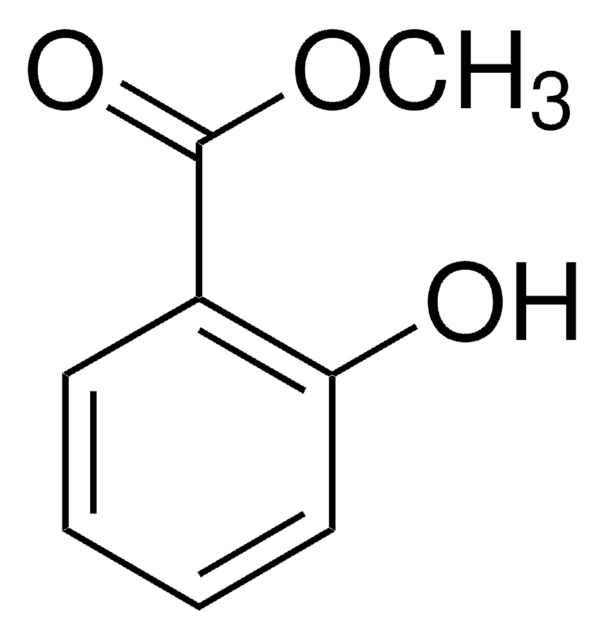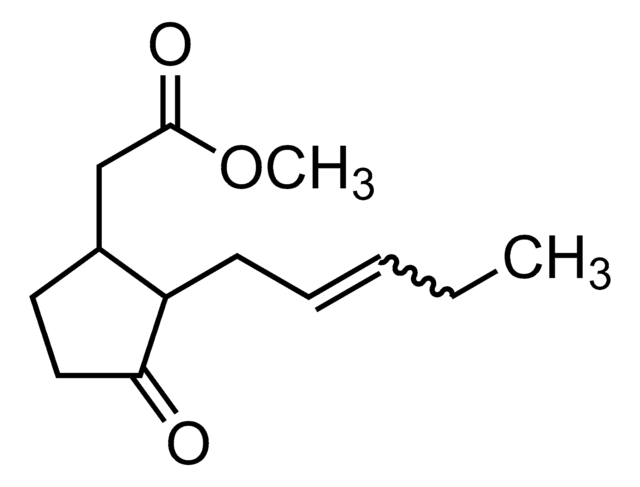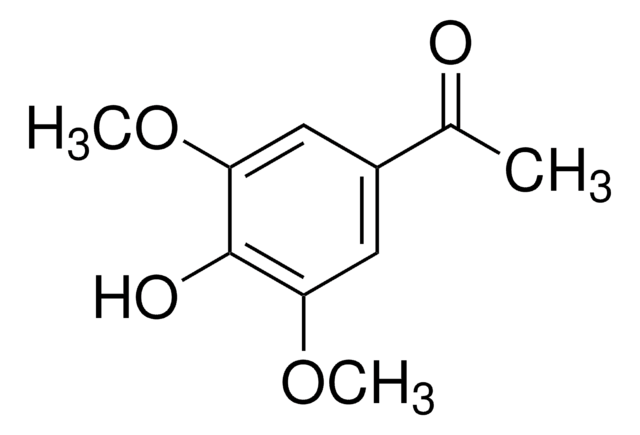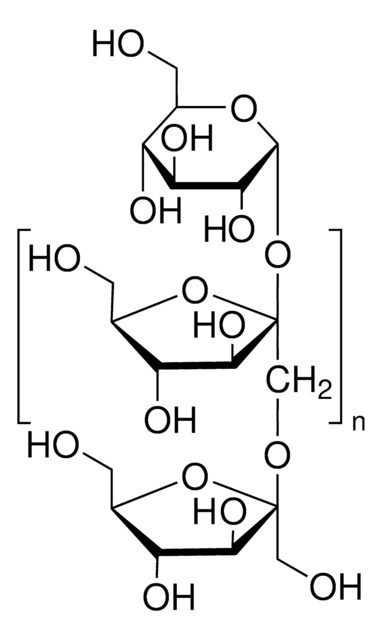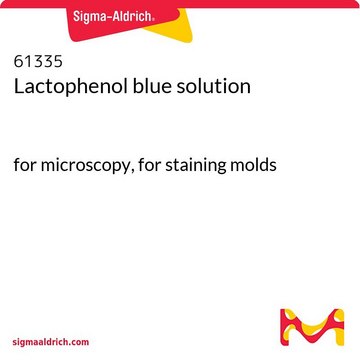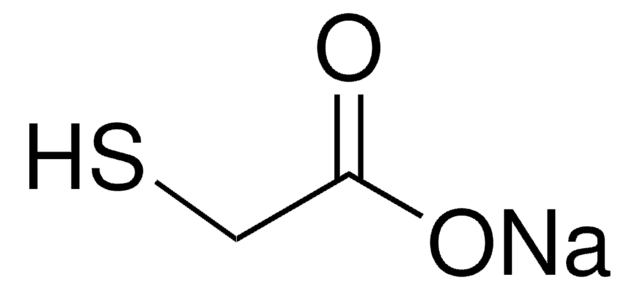M2047
Methyl salicylate
BioXtra
Sinonimo/i:
2-Hydroxybenzoic acid methyl ester, Methyl 2-hydroxybenzoate, Oil of wintergreen, Wintergreen oil
About This Item
Prodotti consigliati
Densità del vapore
5.26 (vs air)
Livello qualitativo
Tensione di vapore
1 mmHg ( 54 °C)
Nome Commerciale
BioXtra
Stato
liquid
Temp. autoaccensione
847 °F
Impurezze
≤0.0005% Phosphorus (P)
Residuo alla calcinazione
≤0.1%
Indice di rifrazione
n20/D 1.536 (lit.)
P. ebollizione
222 °C (lit.)
Punto di fusione
−8-−7 °C (lit.)
Densità
1.174 g/mL at 25 °C (lit.)
Anioni in tracce
chloride (Cl-): ≤0.05%
sulfate (SO42-): ≤0.05%
Cationi in tracce
Al: ≤0.0005%
Ca: ≤0.0005%
Cu: ≤0.0005%
Fe: ≤0.0005%
K: ≤0.005%
Mg: ≤0.0005%
NH4+: ≤0.05%
Na: ≤0.005%
Pb: ≤0.001%
Zn: ≤0.0005%
Stringa SMILE
COC(=O)c1ccccc1O
InChI
1S/C8H8O3/c1-11-8(10)6-4-2-3-5-7(6)9/h2-5,9H,1H3
OSWPMRLSEDHDFF-UHFFFAOYSA-N
Cerchi prodotti simili? Visita Guida al confronto tra prodotti
Avvertenze
Danger
Indicazioni di pericolo
Consigli di prudenza
Classi di pericolo
Acute Tox. 4 Oral - Aquatic Chronic 3 - Eye Dam. 1 - Repr. 2 - Skin Sens. 1B
Codice della classe di stoccaggio
10 - Combustible liquids
Classe di pericolosità dell'acqua (WGK)
WGK 2
Punto d’infiammabilità (°F)
204.8 °F - closed cup
Punto d’infiammabilità (°C)
96 °C - closed cup
Dispositivi di protezione individuale
Eyeshields, Faceshields, Gloves, type ABEK (EN14387) respirator filter
Scegli una delle versioni più recenti:
Possiedi già questo prodotto?
I documenti relativi ai prodotti acquistati recentemente sono disponibili nell’Archivio dei documenti.
I clienti hanno visto anche
Il team dei nostri ricercatori vanta grande esperienza in tutte le aree della ricerca quali Life Science, scienza dei materiali, sintesi chimica, cromatografia, discipline analitiche, ecc..
Contatta l'Assistenza Tecnica.